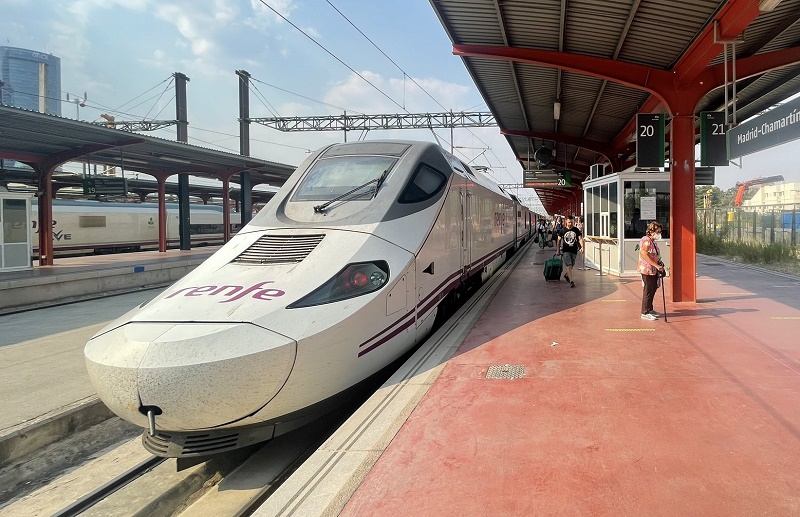Train Guides
DiscoverByRail train guides provide all the information you need about Europe’s most important trains, including onboard facilities, seating options, the routes they operate on, and how to book tickets.
From the French TGV high-speed train to the German InterCity Express (ICE) and Italy’s Frecciarossa, Europe is home to some iconic trains. There is also the famous Eurostar linking the UK with mainland Europe through the Channel Tunnel, the Nightjet sleeper trains, and many others.
For a first-time visitor to Europe, all these train types can seem confusing at first. That’s why DiscoverByRail has created these guides to Europe’s most important trains that connect all the key cities and main tourist destinations across the continent.
The most important European trains

Train categories
When travelling by train in Europe, it is also useful to know the names and abbreviations of the main train services. These designations indicate the category of a certain train departure. For example, they distinguish between long-distance and commuter services.
Although many European countries have their own distinct names for train categories and services, some are used widely across the continent, particularly in Central Europe. The most important to remember are:
- InterCity (IC) – an express train only stopping at major cities and important junction stations.
- EuroCity (EC) – an international InterCity service.
- EuroNight (EN) – often used to denote a night train service that is not operated by Nightjet.
- Interregional train (IR, IRE) – a semi-fast train linking two or more regions.
- Regional train (REX, RE, R) – a slower train linking the most important towns within a region.
- Commuter or suburban train (S) – slow train stopping at all stations along the railway line.
Of course, the rolling stock in use and the onboard facilities can vary. For example, EuroCity trains in Poland, the Czech Republic, and Hungary are likely to have a dining car, whereas those linking Belgium and the Netherlands have no catering facilities at all.
It could well be that the 11 am InterCity departure in a given country is operated by a brand-new, modern train, while the 12 pm service is an old train dating from the 1970s. Similarly, an Interregio train in Switzerland might be modern and comfortable with amenities such as power sockets at all seats, whereas this is not always the case in Germany.
These train types should give you a broad overview of a train’s speed, comfort, and onboard service levels (the higher the category, the better) – but treat this only as a general guide.

Book your train tickets
DiscoverByRail can arrange certain train tickets that are impossible to book online. Ticket delivery to your hotel or a personal handover at the station by our local agent can be arranged. DiscoverByRail also offers practical advice for booking tickets yourself in countries where online booking is possible, guiding travellers to the best platforms and explaining how to use them.
Check our Booking Tickets page for all options!
Buy a rail pass
If you plan a longer trip across Europe, especially one covering a lot of ground or following a fast-paced itinerary, buying a rail pass can be an excellent option. On our Rail Pass page, we show you the most popular rail passes, explain how they work, and how to buy and use them.
